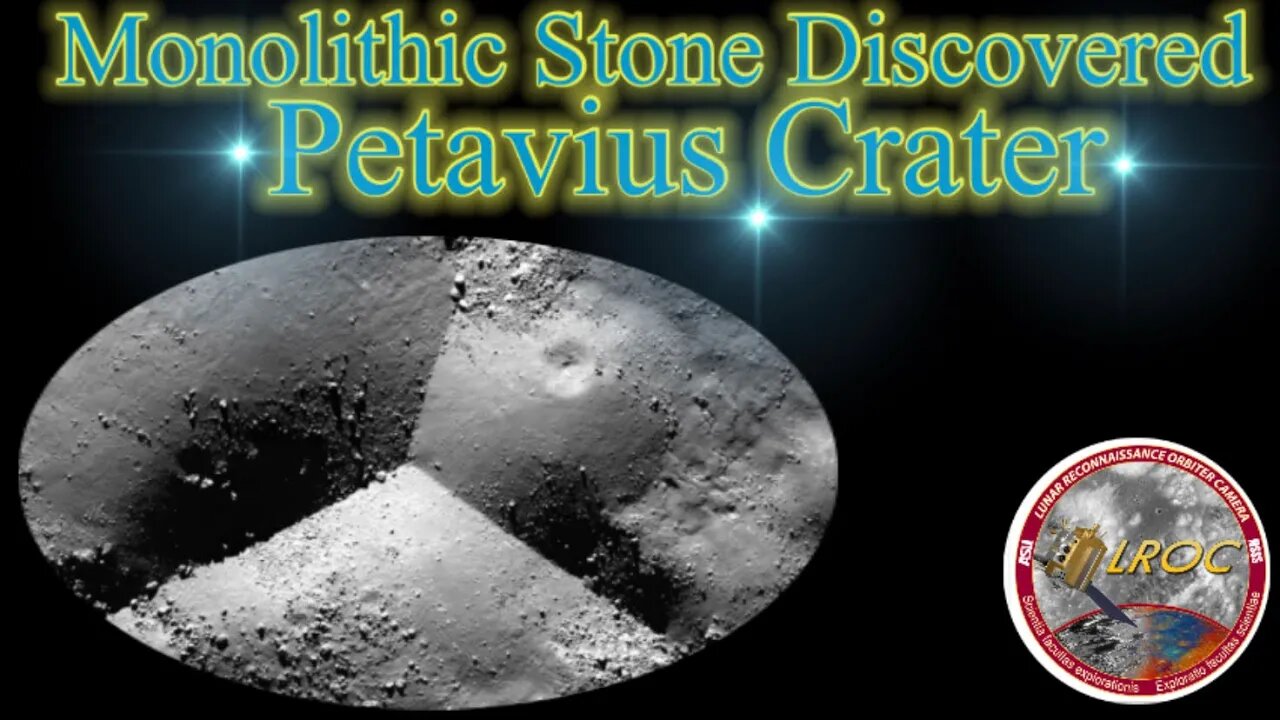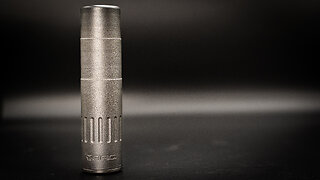Premium Only Content

Monolithic stone Discovered In the Petavius Crater ? Lunar reconnaissance orbiter LRO Hi-Res Photo
A truly unexplainable anomaly found in the Petavius Moon Crater  photos taken in 2014 by The Nasa Lunar reconnaissance orbiter or The LRO Hi  resolution photo gallery from the Arizona State University link Below
 This is an official NASA photo and it has not been manipulated in anyway shape or form
Lunar reconnaissance orbiter Nasa gallery link
Petavius is a large lunar impact crater located to the southeast of the Mare Fecunditatis, near the southeastern lunar limb. Attached to the northwest rim is the smaller crater Wrottesley. To the southeast are Palitzsch, Vallis Palitzsch, and Hase. Farther to the north is the large crater Vendelinus. Petavius appears oblong when viewed from the Earth due to foreshortening. Petavius is Imbrian in age.
The outer wall of Petavius is unusually wide in proportion to the diameter, and displays a double rim along the south and west sides. The height of the rim varies by as much as 50% from the lowest point, and a number of ridges radiate outwards from the rim. The convex crater floor has been resurfaced by lava flow, and displays a rille system named the Rimae Petavius. The large central mountains are a prominent formation with multiple peaks, climbing 1.7 kilometers above the floor. A deep fracture runs from the peaks toward the southwest rim of the crater.
Rev. T. W. Webb described Petavius as,
"one of the finest spots in the Moon: its grand double rampart, on east side nearly 11,000 ft (3,400 m). High, its terraces, and convex interior with central hill and cleft, compose a magnificent landscape in the lunar morning or evening, entirely vanishing beneath a Sun risen but halfway to the meridian."
Petavius is one of the largest craters of Lower (Early) Imbrian age.[1]
The most favorable time for viewing this feature through a telescope is when the Moon is only three days old. By the fourth day the crater is nearly devoid of shadow.
70-cm radar images of this crater and its surroundings show that the region of the surface beyond the wide outer rampart of Petavius has a dark halo, characteristic of a smooth surface free of boulders. It is thought that this may have been created by radial outbursts during the original impact that swept the area clean.
Petavius B to the north-northwest of Petavius has a small ray system that lies across the surface of Mare Fecunditatis. Due to these rays, Petavius B is mapped as part of the
-
 5:42:36
5:42:36
FreshandFit
6 hours agoLive X Censorship For Opposing Immigration?!
56.9K43 -
 1:08:16
1:08:16
Tactical Advisor
2 hours agoNEW Budget Glocks | Vault Room Live Stream 011
14K1 -
 16:30
16:30
SNEAKO
9 hours agoNO FRIENDS IN THE INDUSTRY.
21.2K14 -
 6:19
6:19
BlackDiamondGunsandGear
20 hours agoHow Fat Guys can Appendix Carry
3.39K2 -
 6:58
6:58
Gun Owners Of America
22 hours ago2024 Was Huge For Gun Rights, Here's Our Top 10 Wins!
8.5K1 -
 15:50
15:50
Degenerate Jay
1 day ago $0.07 earnedJames Bond Is Being Ruined By Amazon? Make Him A Black Gay Woman?
6.52K6 -
 15:18
15:18
DeVory Darkins
23 hours ago $8.26 earnedTrump Drops NIGHTMARE Warning on Joe Biden
23.8K28 -
 36:13
36:13
The Why Files
1 month agoAlien Implants Vol. 1: Devil’s Den UFO Encounter: What Was Found Inside Terry Lovelace?
58.6K38 -
 9:03
9:03
Alabama Arsenal
1 day ago $0.15 earnedAAC HUB 2K | Modern Features, Iconic Classic Looks
3.51K1 -
 13:49
13:49
Dermatologist Dr. Dustin Portela
1 day ago $0.20 earnedDermatologist Reveals the Worst Things To Do To Your Skin
2.75K1